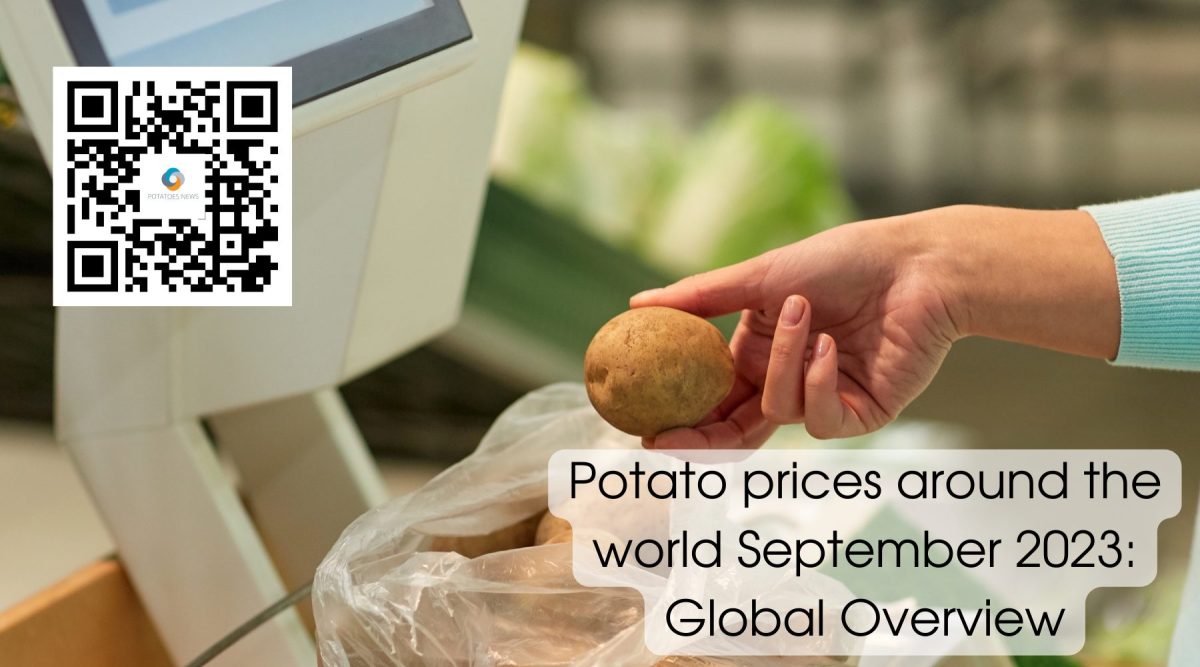Potatoes are one of the world’s most versatile and widely consumed vegetables, serving as a staple food in many countries. Their affordability and adaptability make them a crucial dietary component for millions of people. However, the prices of potatoes can vary significantly from one country to another due to various factors, including local production, demand, and economic conditions. In this article, we will explore the current potato prices in different countries and provide insights into the factors influencing these prices.
Table: Potato Prices in Various Countries (Per Kilogram)
| Country | Price (USD) | Rank |
|---|---|---|
| Hong Kong | 5.05 | 1 |
| Japan | 4.35 | 2 |
| Philippines | 3.74 | 3 |
| Ghana | 3.42 | 4 |
| Vietnam | 2.95 | 5 |
| South Korea | 2.87 | 6 |
| Costa Rica | 2.67 | 7 |
| Zambia | 2.59 | 8 |
| Sweden | 2.53 | 9 |
| Chile | 2.37 | 10 |
| USA | 2.36 | 11 |
| Mexico | 2.35 | 12 |
| Puerto Rico | 2.20 | 13 |
| Norway | 2.18 | 14 |
| Uruguay | 2.15 | 15 |
| Italy | 2.10 | 16 |
| Netherlands | 2.10 | 17 |
| New Zealand | 2.08 | 18 |
| Ireland | 1.94 | 19 |
| Australia | 1.91 | 20 |
| Austria | 1.89 | 21 |
| Argentina | 1.85 | 22 |
| Nigeria | 1.85 | 23 |
| Israel | 1.79 | 24 |
| China | 1.70 | 25 |
| Denmark | 1.70 | 26 |
| Indonesia | 1.60 | 27 |
| France | 1.60 | 28 |
| Thailand | 1.59 | 29 |
| Belgium | 1.53 | 30 |
| Domin. Rep. | 1.48 | 31 |
| South Africa | 1.39 | 32 |
| Morocco | 1.38 | 33 |
| Spain | 1.37 | 34 |
| Hungary | 1.36 | 35 |
| Slovakia | 1.36 | 36 |
| Singapore | 1.35 | 37 |
| Portugal | 1.33 | 38 |
| Saudi Arabia | 1.32 | 39 |
| Canada | 1.29 | 40 |
| Guatemala | 1.27 | 41 |
| Slovenia | 1.26 | 42 |
| Czechia | 1.18 | 43 |
| Paraguay | 1.17 | 44 |
| Bulgaria | 1.16 | 45 |
| Germany | 1.14 | 46 |
| Jordan | 1.11 | 47 |
| Finland | 1.04 | 48 |
| Greece | 1.04 | 49 |
| Colombia | 1.01 | 50 |
| Kuwait | 1.01 | 51 |
| Sri Lanka | 1.01 | 52 |
| Switzerland | 0.99 | 53 |
| Brazil | 0.97 | 54 |
| Kenya | 0.95 | 55 |
| UK | 0.95 | 56 |
| Serbia | 0.90 | 57 |
| UAE Emirates | 0.88 | 58 |
| Ecuador | 0.85 | 59 |
| Lithuania | 0.83 | 60 |
| Angola | 0.78 | 61 |
| Peru | 0.76 | 62 |
| Latvia | 0.76 | 63 |
| Romania | 0.74 | 64 |
| Ivory Coast | 0.73 | 65 |
| Poland | 0.69 | 66 |
| Tunisia | 0.66 | 67 |
| Malaysia | 0.66 | 68 |
| India | 0.64 | 69 |
| Egypt | 0.61 | 70 |
| Tanzania | 0.60 | 71 |
| Turkey | 0.59 | 72 |
| Kazakhstan | 0.58 | 73 |
| Uganda | 0.54 | 74 |
| Azerbaijan | 0.52 | 75 |
| Bangladesh | 0.46 | 76 |
| Pakistan | 0.43 | 77 |
| Russia | 0.38 | 78 |
| Ukraine | 0.26 | 79 |
Analysis:
- High Prices in Hong Kong and Japan: Hong Kong tops the list with the highest potato prices at $5.05 per kilogram, followed closely by Japan at $4.35. These high prices can be attributed to factors like limited domestic production and a high cost of living in these countries.
- Variability in Southeast Asia: Southeast Asian countries like the Philippines, Vietnam, and Indonesia have varying potato prices, reflecting differences in production and consumption patterns within the region.
- Price Disparities in Europe: European countries exhibit a wide range of potato prices. While countries like Ukraine and Russia offer potatoes at exceptionally low prices, Western European nations like Switzerland and the UK have significantly higher prices.
- North America: The United States and Canada both have relatively low potato prices, which can be attributed to their robust potato production industries.
- African Nations: African countries like Ghana and Nigeria fall within the mid-range of potato prices. These prices are influenced by local production and demand dynamics.
- Middle Eastern and Gulf States: Some Middle Eastern countries like Saudi Arabia and the UAE have relatively higher potato prices due to their reliance on imports and the cost of transportation.
- South American Countries: Argentina and Brazil offer potatoes at relatively affordable prices, reflecting their status as major potato-producing nations in South America.
Conclusion:
Potato prices around the world vary significantly due to a complex interplay of factors. Local production capacities, demand levels, economic conditions, and trade policies all influence the cost of this essential commodity. Understanding these variations is crucial for policymakers, farmers, and consumers alike, as it allows for better planning, trade strategies, and economic decision-making in the global potato market.


